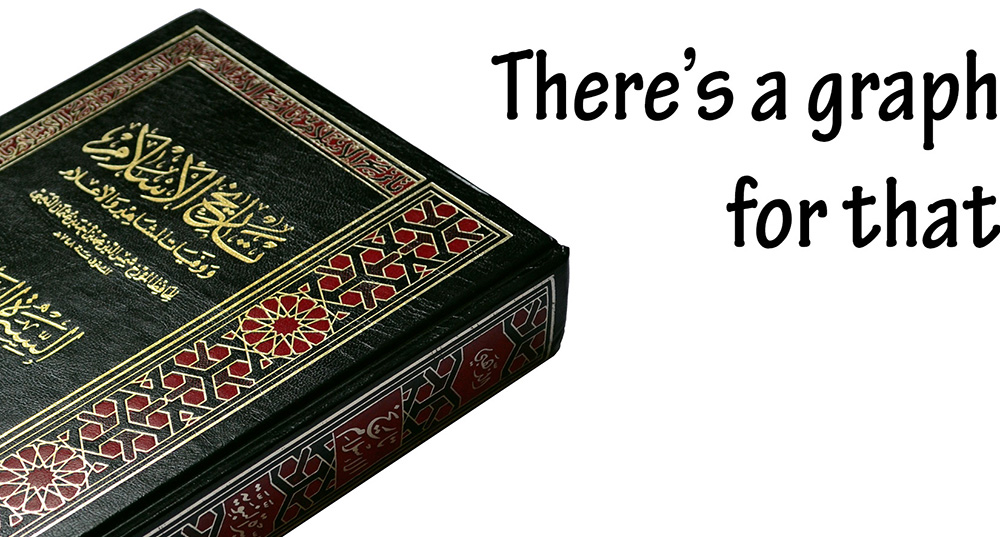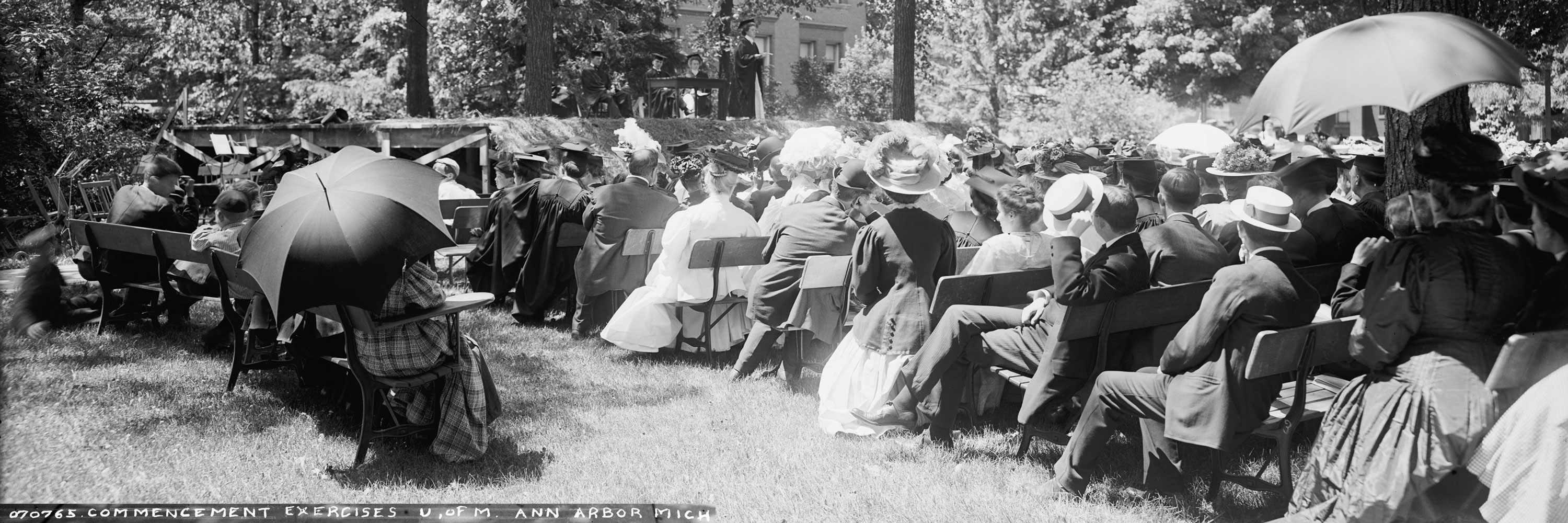Computational Reading of Arabic Biographical Collections: Dissertation online @ U of Michigan

My dissertation—“Computational Analysis of Arabic Biographical Collections with Special Reference to Preaching in the Sunnī World (661-1300 CE)”—is now available online through the digital library @ the University of Michigan. Even with very extensive Appendices, several thousand graphs and maps still did not make it into the dissertation. Hopefully, if I can find enough time, I will make an online appendix with the visualizations of all generated data that consists mainly of chronological graphs of “descriptive names” and chronological maps that show how their geographies were changing over time (all based on “The History of Islam” of al-Ḏahabī (d. 1348)).
Abstract
A project in the digital humanities, the dissertation explores methods of computational text analysis. Relying on text-mining techniques to extract meaningful data from unstructured text, the study offers an effective and flexible method for the analysis of Arabic biographical collections, the most valuable source for the social history of the pre-modern Islamic world. It uses the largest collection, “The History of Islam” of al-Ḏahabī (d. 1348), as a case-study of applying the new method and shows how almost 30,000 biographies can be studied as a whole. A step toward finding a viable solution for studying the entire digital corpus of classical Islamic texts (400 mln. words), Chapter I offers a detailed explanation of “computational reading” that was built upon existing digital approaches from a variety of disciplines. Chapter II models big data extracted from the main source to further our understanding of the social geography of the Islamic world and its major social transformations, simultaneously providing an important background for the next chapter. Chapter III applies the devised method to the study of Islamic preaching from chronological, geographical and social perspectives that have been overlooked in the academic treatment of this subject. Largely an exploratory overview, it traces long-term changes in preaching practices as well as statuses of preachers within the Islamic elites. This chapter demonstrates how exactly computational reading can contribute to the studies of specific phenomena and practices. The final section overviews broad prospects of the further application of “computational reading” to a variety of genres of pre-modern Arabic literature. The dissertation heavily relies on the visual display of information in the form of graphs, charts, maps, and tables that are used in the main body and supplied in Appendices.

